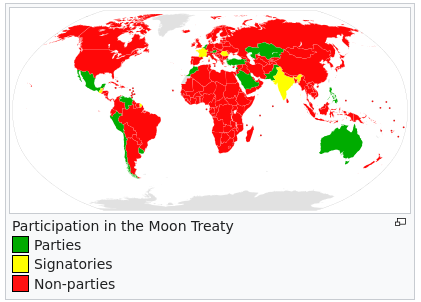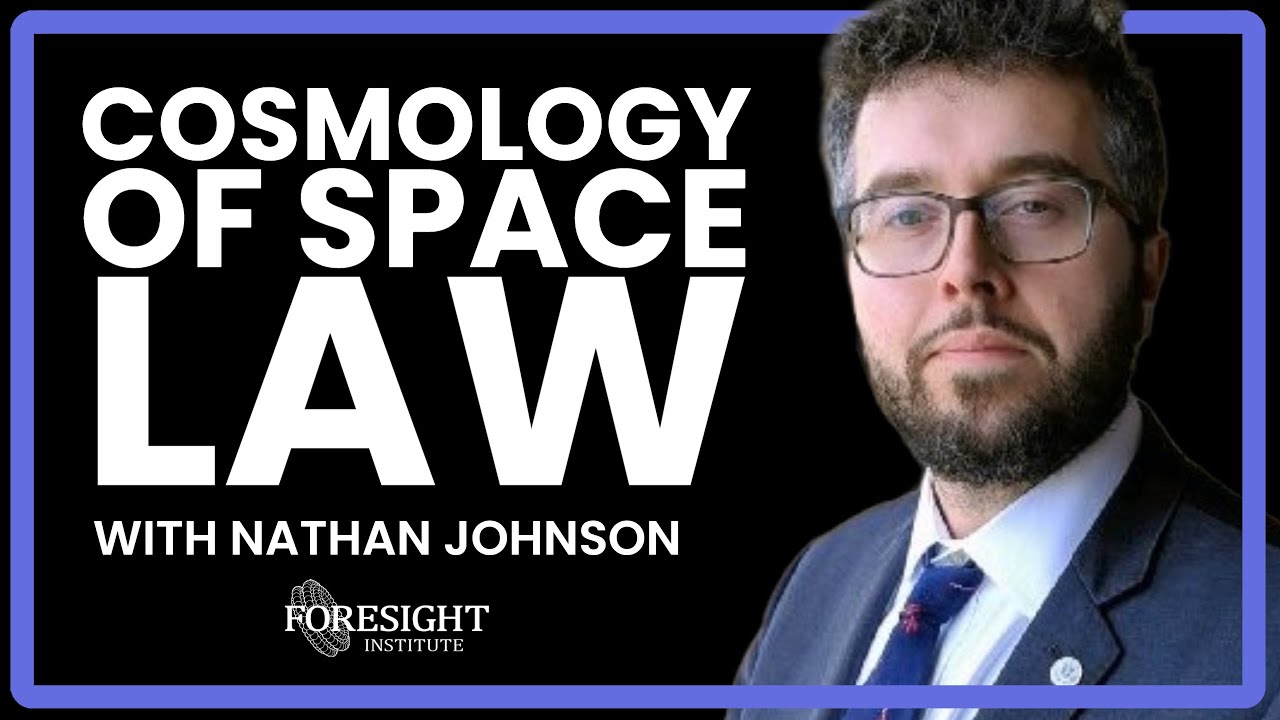From the start of the space age, it was clear that aspects of the space environment raised legal and international governance issues which existing admiralty and aviation law did not address. An Earth satellite, for example, depending upon its orbital inclination, will overfly multiple countries (the entire surface of the planet for a satellite in polar orbit), transcending concepts such as national borders and control of airspace, and allowing photo-reconnaissance and monitoring of internal communications which would be considered serious violations of sovereignty if conducted at lower altitude. If a spacecraft crashes to Earth on the territory of a country other than that which launched it, who owns the debris? If it causes damage, who is liable, and how are claims made and adjudicated? Who owns the scarce “slots” in geostationary orbit where communication satellites are placed, and what’s to prevent space pirates from seizing them for their own use? Who owns the Moon, and resources extracted from it and other celestial bodies? What are the responsibilities of operators of satellite constellations to avoid collisions with other users of similar orbits?
Over the decades since Sputnik, these blanks have been slowly filled in by the development of space law, through treaties, bilaterial agreements, rule-making by bodies such as the International Telecommunications Union, and case law. As development of space resources progresses, space law has the potential to either facilitate or severely damage the human prospect for expansion from the home planet (for example, rainbow-and-unicorn communist treaties declaring everything off-planet to be the “common heritage of mankind” and that “private property ends at the Kármán line” as in the bubble-headed Moon Treaty which has, so far, been ignored by all serious space-faring countries.)

